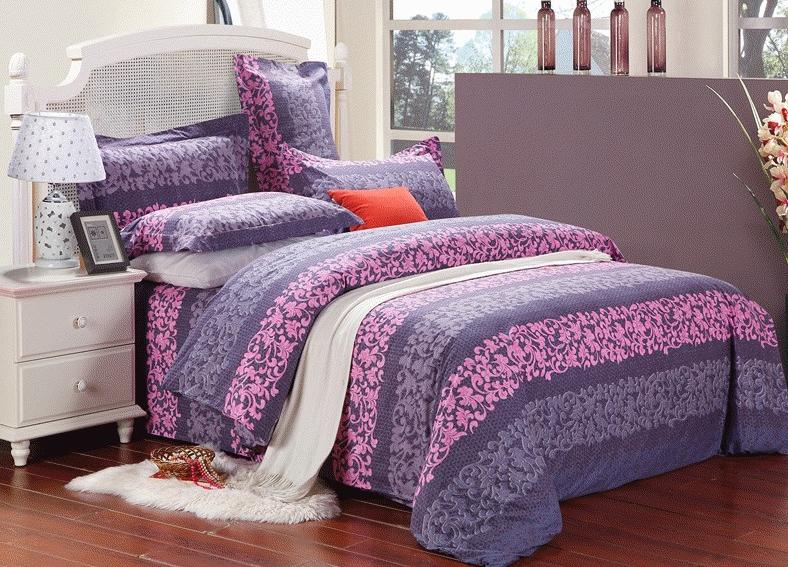Title: The Evolution of the Towel Loom
The towel loom, a device used for weaving towels, has undergone significant evolution throughout history. Originating from simple wooden frames, it has transformed into complex machines driven by technology. In recent years, with the rise of eco-conscious consumers, there has been a shift towards sustainable materials and production methods. As a result, the towel loom has not only transformed in terms of technology but also in its environmental impact. This article explores the history and evolution of the towel loom, highlighting its importance in both industrial production and sustainable development.
In the tapestry of global manufacturing, the towel loom stands as a pivotal machine that has transformed the landscape of textile production. Initially designed for simple weaving of towels, its design and functionality have significantly evolved over time, becoming highly automated and efficient, not only for towels but also for a range of other textiles.

The history of the towel loom dates back to ancient times, when simple hand looms were used by artisans. These early models were labor-intensive and time-consuming to produce, often relying on traditional craftsmanship and skilled hands. However, as technology advanced, so did the evolution of the towel loom, gradually becoming more mechanized and then automated.
One of the significant advancements in the history of the towel loom was the invention of the power loom in the 18th century. This machine, which used water or steam power, significantly increased production speed and efficiency compared to its manual counterparts. It also marked a significant transition from traditional craftsmanship to industrial manufacturing.
Over the next few decades, the towel loom continued to evolve, incorporating new technologies such as the Jacquard loom in the 19th century, which allowed for more complex patterns and designs to be woven. Then, in the 20th century, the rise of plastics and synthetic fibers led to the development of looms that could weave these new materials, further expanding the range of textiles that could be produced.
Modern towel looms are highly automated and computer-controlled, able to produce towels quickly and efficiently while maintaining a high level of quality control. They have also become more versatile, able to handle a range of different materials and weights, from lightweight bath towels to heavy-duty industrial towels.

Beyond towels, the evolution of the towel loom has also had a broader impact on society and the economy. The increased efficiency and speed of modern looms have made it possible to produce large quantities of textiles at a lower cost, driving down prices for consumers and contributing to the growth of the textile industry as a whole.
However, the evolution of the towel loom has not been without its challenges. The transition from traditional craftsmanship to industrial manufacturing has led to a loss of skilled jobs, while the rise of automation and efficiency has created new demands for skilled workers in technology and engineering. The shift to synthetic materials has also raised environmental concerns about the sustainability of the industry.
In conclusion, the towel loom has played a crucial role in the evolution of textile production, transforming it from a labor-intensive craft into an efficient and automated industrial process. Its journey is indicative of broader social and economic changes in society, including the transition from traditional craftsmanship to industrial manufacturing, the rise of automation and technology, and the emergence of new demands for skilled workers. As we look towards the future, the continued evolution of the towel loom will no doubt continue to shape the landscape of textile production, presenting both opportunities and challenges for industry players and society at large.
Articles related to the knowledge points of this article:
Hand-washing Down Jackets: The Correct Way
Title: The Art of Putting on a Tie: A Step-by-Step Guide
Title: The Optimal Length for a Suit Necktie: A Comprehensive Guide
Title: Embracing Elegance and Comfort: A Guide to the Best Silk Scarfs from Mulberry Silk Brand
Title: The Best Silk Scarfs: A Comprehensive Guide to the Top Brands



